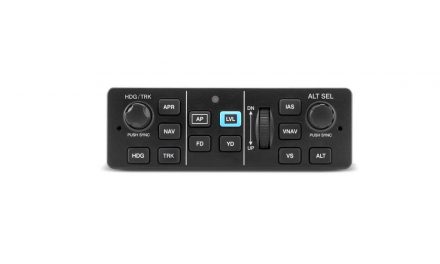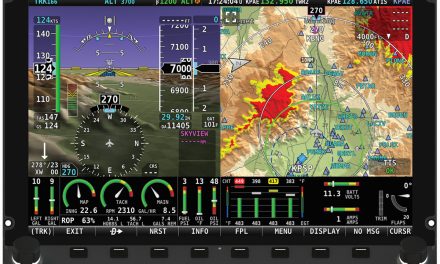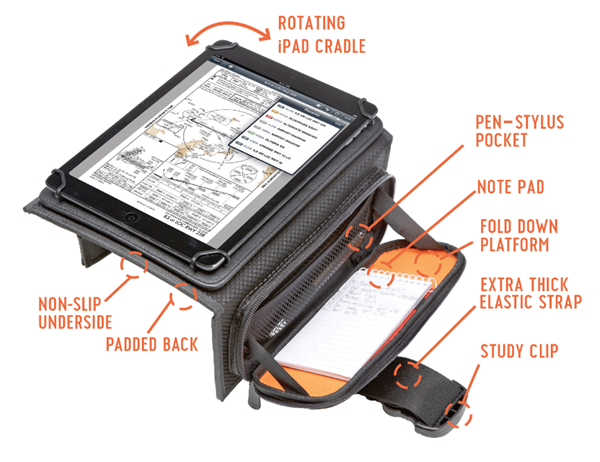FAA statistics separate IFR pilots from those who purely fly for fun (VFR). Yes, even IFR pilots can fly for fun — they just sometimes work a little harder at it! My last peek at the info suggested that those carrying an IFR ticket represent about 65% of licensed pilots but what percentage of those consider themselves a “light” IFR pilot? My guess is that they are strongly in the majority. I’m sure by now you are aware that when I am not writing these articles I’m helping aircraft owners, most of whom fly legacy Pipers or Cessnas, make decisions about a panel upgrade. Most are light IFR or heading in that direction. In my report, I follow a simple formula: evaluate what they have now and point out equipment that is still reliable and supported that we can keep; identify what equipment should be there to safely fly the mission; and finally, after showing them all their options (and the estimated cost) in each category (audio, GPS, ADS-B, etc.), I recommend the package(s) that can do the job while keeping their financial goal in mind. So, let’s get to it! Here’s a platform to get you started on your light IFR upgrade.
What Avionics Should You Have to Fly Light IFR Safely?
In my opinion, to fly light IFR you need a capable pilot and (in the order of priority) dual comms and dual nav sources, an audio panel, a compliant transponder or UAT, ADS-B In weather and traffic, at least a basic autopilot, enhanced engine monitoring, and a 406MHz ELT.
Audio Control
IFR platforms require dual comm and nav sources and a back-up to GPS that still uses the VOR/ILS system, which usually includes marker beacons. There are still quite a few legacy aircraft with older audio panels like the BendixKing KMA 24 (and separate intercoms), UPSAT SL10/15, and the Garmin GMA 340 (with intercom) that are still supported, reliable, and viable. They are basic by today’s standards but meet the mission and often the budget. If yours is not one of these, new makes sense so here are some new models that meet the light IFR mission starting at less than $1,000.
The rest of this article can be seen only by paid members who are logged in.Have a website login already? Log in and start reading now.
Never created a website login before? Find your Customer Number (it’s on your mailing label) and register here.
Still have questions? Contact us here.





